Pulp & Paper Chemicals - Water And Wastewater Treatment
Pulp and paper chemicals, unique products and a customer-focused approach to the pulp and paper industry allows Aries Chemical to provide the right products at the best price. Aries provides pulp and paper chemicals and service for all aspects of pulp and paper manufacturing, including solutions designed specifically for paper machines to keep machine down time at a minimum.
Download all the latest market reports you need on the Pulp and Paper Industry in Chile. Click here to instantly access all the reports, in one place.
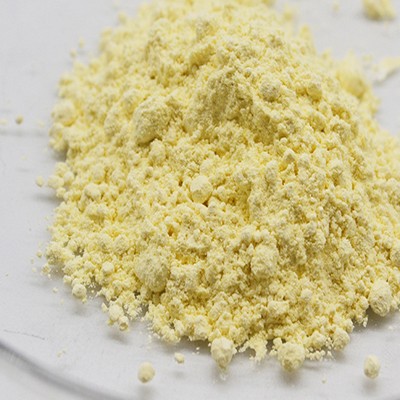
Pulp and Paper Wastewater Treatment | Arvia Technology
Treating wastewater in the pulp and paper industry. Arvia’s patented Nyex™ treatment systems provide a highly reliable solution to manage the final ‘polishing’ step of pulp and paper wastewater, rendering this compliant for discharge or reusing elsewhere in the business.
Get Price
Pulp Mill Wastewater: Characteristics and Treatment
The pulp and paper industry has long been considered a large consumer of natural resources (wood and water) and one of the largest sources of pollution to the environment (air, water courses and
Get Price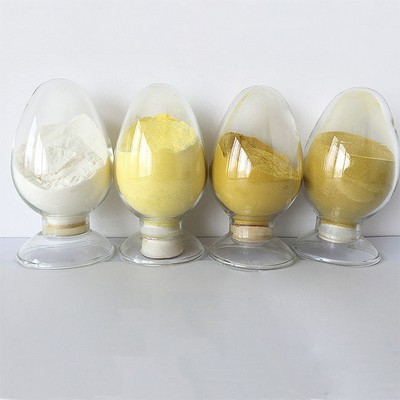
Pulp and Paper | Industries | ChemTreat, Inc.
We accomplish this in the pulp and paper industry in a two-step process. First, we conduct comprehensive surveys of all of your systems. After consulting with your operations, engineering, procurement, and management staff, we determine your utility and wastewater/water reuse treatment needs. Then we develop an outline that includes technical
Get Price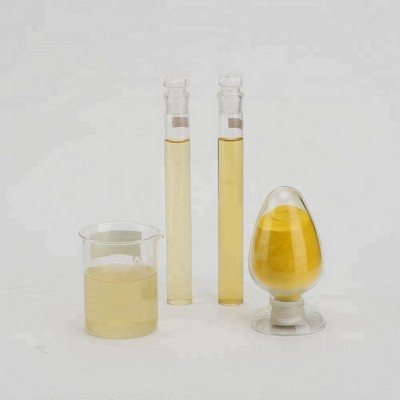
Pulp & Paper | Brenntag
Pulp & Paper; Pulp & Paper. Brenntag Pulp & Paper is a leading supplier of industrial chemicals and colours to the Paper industry. To complement our already extensive product portfolio we have developed a range of specialty chemicals to offer our customers greater choice and flexibility.
Get Price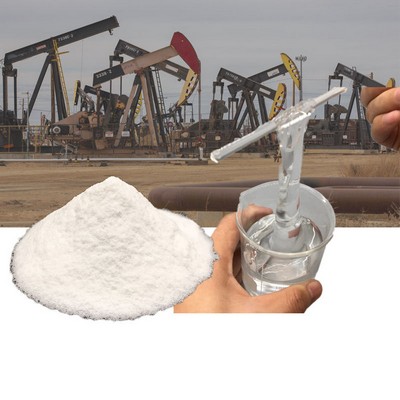
Pulp and paper | Danfoss
Wastewater treatment. Pulp manufacturing needs a great deal of water for pulping processes. Supplying the water for the pulp and paper processes and disposing of the effluents from pulp mill, requires a considerable number of AC-drive-controlled pumps.
Get Price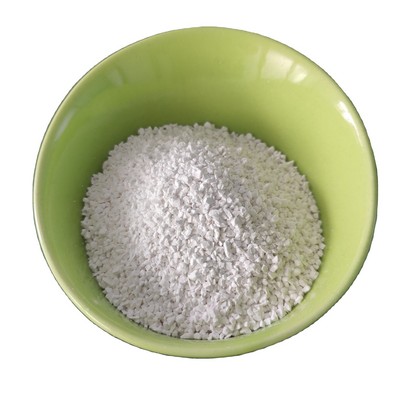
Pulp & Paper: A Look at Wastewater Treatment Trends
"A kraft pulp mill will usually be the highest user of water just because the process requires it to dissolve chemicals, and there's a lot of water and steam involved." However, while the discharge of contaminated effluent is certainly a growing concern, the pulp and paper industry is also making great strides to reduce the quantity of
Get Price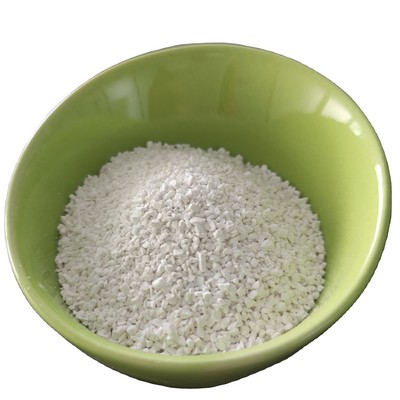
Treatment of wastewater from paper and pulp industry
Paper manufacture consumes a large quantity of resources, especially water and energy, although it also requires large quantities of raw materials and chemicals. Approximately 2-18 m3 of water (depending on the effluent management system used and whether water is recovered) and between 2 and 2.5 tons of wood are required to produce one ton of
Get Price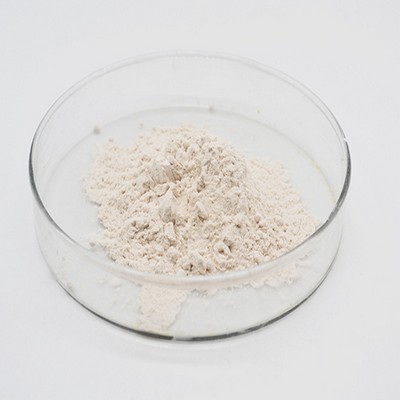
Pulp and Paper Industry - an overview | ScienceDirect Topics
In Membranes for Industrial Wastewater Recovery and Re-use, 2003. 3.2.6 Conclusions. The pulp and paper industry is a complex one with many different kinds of mills, products and processes. Effluents therefore vary significantly in quality depending on the process from which they originate. Due to this complexity the requirements of water and effluent treatment at the different points of the
Get Price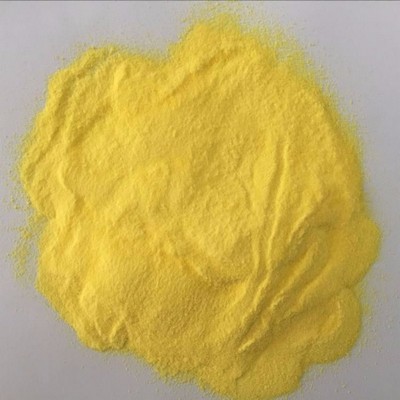
Effects of pulp and paper mill effluents
The Indian pulp and paper industry is highly water intensive, consuming 100–250 m³ freshwater/ton paper and generating a corresponding 75–225 m³ wastewater/ton paper [2].
Get Price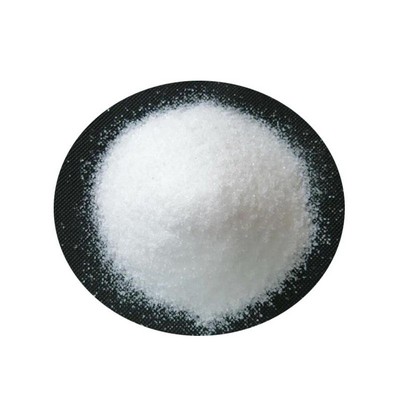
chemical water treatment Companies for the Pulp & Paper
List of chemical water treatment companies, manufacturers and suppliers for the Pulp and Paper industry
Get Price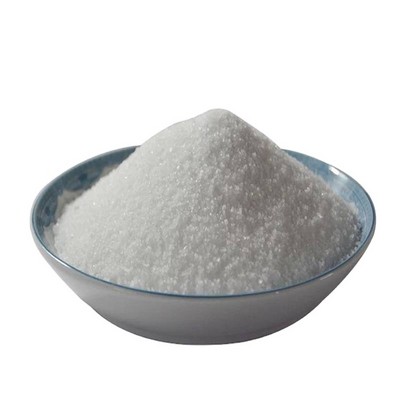
Systems Concept for the Pulp and Paper Industry - Huber
Innovative high qualitative machines, plants and stainless steel equipment for municipal and industrial water, wastewater and sludge treatment. Competent in stainless steel - leading in wastewater technology - more than 45,000 installations worldwide.
Get Price
water-and-wastewater-water-treatment Companies
Triveni Global Pvt Ltd, a Chennai INDIA Based enterprise, having three decades of experience in dealing with chemicals related to Pulp and Paper, Water and Effluent Treatment and other process chemicals. We are suppy chain partner of BASF India for its Paper Chemicals, Water & Wastewater Treatment
Get Price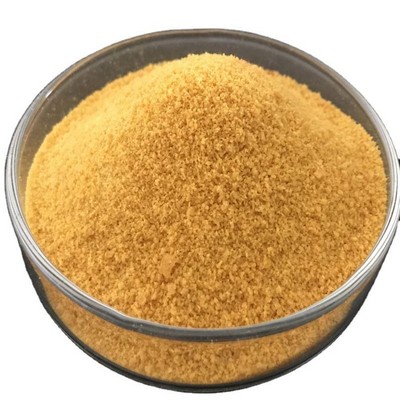
Review on recent developments on pulp and paper mill
1. Introduction. Pulp and paper (P&P) industry is considered a large user and producer of biomass based energy and materials (Svensson and Berntsson, 2014).To maintain their profitability and overcome the declining (Machani et al., 2014) and competitive (Karikallio et al., 2011) markets, P&P mills are no longer limited to production of pulp and/or paper; rather, they may adopt additional
Get Price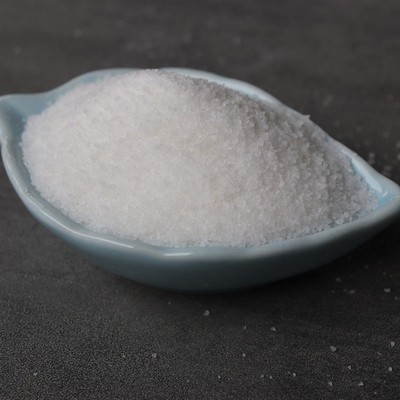
Pulp & Paper: A Look at Wastewater Treatment Trends
"A kraft pulp mill will usually be the highest user of water just because the process requires it to dissolve chemicals, and there's a lot of water and steam involved." However, while the discharge of contaminated effluent is certainly a growing concern, the pulp and paper industry is also making great strides to reduce the quantity of
Get Price
Treatment of wastewater from paper and pulp industry
Paper manufacture consumes a large quantity of resources, especially water and energy, although it also requires large quantities of raw materials and chemicals. Approximately 2-18 m3 of water (depending on the effluent management system used and whether water is recovered) and between 2 and 2.5 tons of wood are required to produce one ton of
Get Price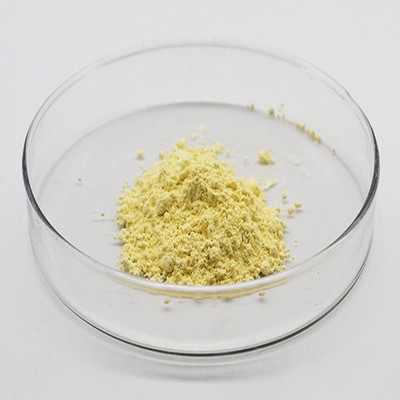
Effects of pulp and paper mill effluents
The Indian pulp and paper industry is highly water intensive, consuming 100–250 m³ freshwater/ton paper and generating a corresponding 75–225 m³ wastewater/ton paper [2].
Get Price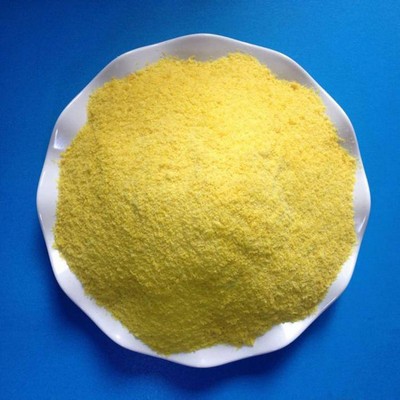
Veolia’s ECRP technology chosen for Chile mill
Arauco’s dissolving pulp project for its Valdivia pulp mill is a $185 million dollar investment to produce a range of products such as textile fiber, cellophane paper and filters. The project will involve treatment of a portion of the precipitator ash from the recovery boiler to remove chloride and potassium without significant loss of sodium
Get Price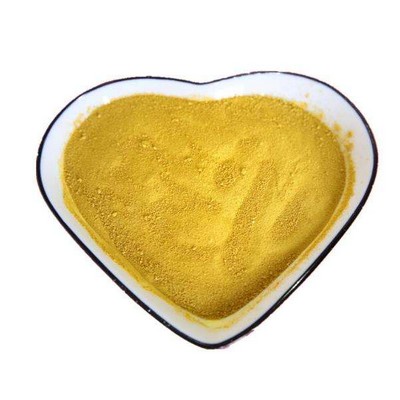
Andritz to provide equipment for Chilean pulp mill
Andritz is to supply major technologies and equipment for the modernization and extension of the Arauco pulp mill in Chile in an order valued at around €300 million. For the new 1.5 million tons/yr bleached eucalyptus kraft (BEK) pulp line, Andritz will deliver the woodyard, fiberline, white liquor plant and evaporation system on an EPS basis.
Get Price
Evaluation of ozonation applicability to pulp and paper
1. Introduction. Pulp and paper industry is known to consume huge fresh water quantities, generating effluents which contain toxic components (Singh and Chandra, 2024).Pulp and paper wastewater is characterized by high chemical oxygen demand (COD), significant biochemical oxygen demand (BOD) and low biodegradability (expressed as BOD/COD ratio) (Kamali and Khodaparast, 2015).
Get Price
What are the process controls for treating wastewater
Wastewater treatment type is based on the volume and concentration of incoming waste load and discharge-permit requirements. A review of physical-chemical treatment controls and biological-treatment controls used in pulp and paper wastewater treatment follows. Operations generate wastewater
Get Price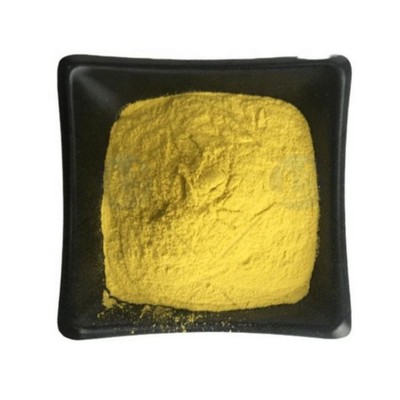
Water & Wastewater Treatment & Management News - Process
Delivering Today’s Most Important Water & Wastewater Treatment News. In a continually evolving world, a precious few things stay the same. The human need for unfailing and reliably clean water sources is one of such requirements, and it will remain consistent throughout time.
Get Price
Treatment of wastewater from paper and pulp industry
Paper manufacture consumes a large quantity of resources, especially water and energy, although it also requires large quantities of raw materials and chemicals. Approximately 2-18 m3 of water (depending on the effluent management system used and whether water is recovered) and between 2 and 2.5 tons of wood are required to produce one ton of
Get Price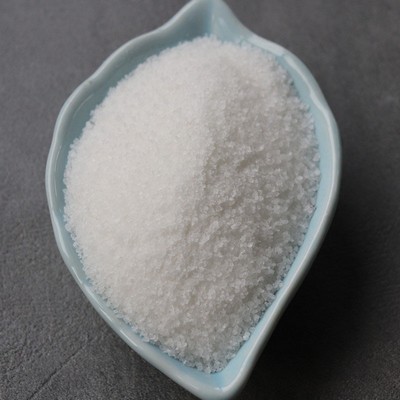
Effects of pulp and paper mill effluents
The Indian pulp and paper industry is highly water intensive, consuming 100–250 m³ freshwater/ton paper and generating a corresponding 75–225 m³ wastewater/ton paper [2].
Get Price
What are the process controls for treating wastewater
Wastewater treatment type is based on the volume and concentration of incoming waste load and discharge-permit requirements. A review of physical-chemical treatment controls and biological-treatment controls used in pulp and paper wastewater treatment follows. Operations generate wastewater
Get Price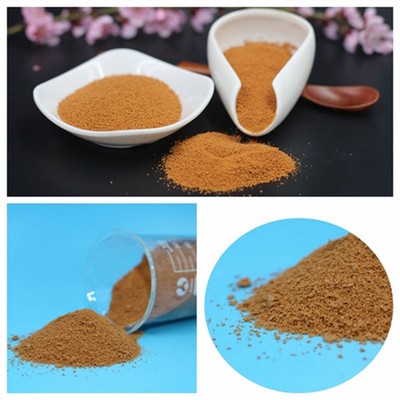
Veolia’s ECRP technology chosen for Chile mill
Arauco’s dissolving pulp project for its Valdivia pulp mill is a $185 million dollar investment to produce a range of products such as textile fiber, cellophane paper and filters. The project will involve treatment of a portion of the precipitator ash from the recovery boiler to remove chloride and potassium without significant loss of sodium
Get Price
Pulp and Paper Mills - Water Quality Testing
Pulp and paper mills can effectively maximize uptime, efficiency, production performance, quality control, and compliance with Hach® water analytics. Find process and laboratory solutions for water supply conditioning, steam and power, paper machine wet end operations monitory, primary and secondary wastewater treatment, and more.
Get Price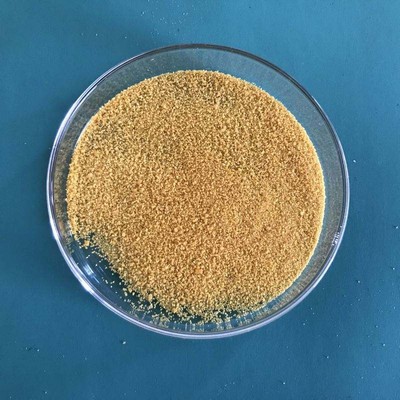
micromod | Pulp & Paper
MICROMOD’s pulp and paper industry solutions provide measurable performance improvements that help overcome the rising cost of energy, obtain more from your production assets, and maximize profitability in the face of challenging business conditions.
Get Price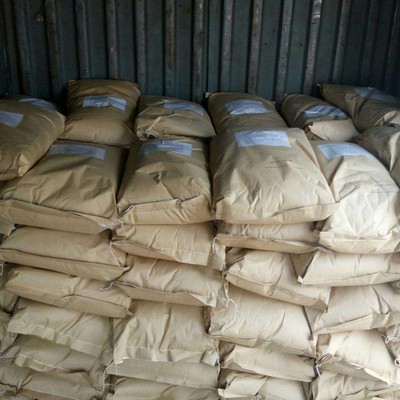
Systems Concept for the Pulp and Paper Industry - Huber
HUBER Screw Press S-PRESS. Very sturdy, flexibly appicable sludge dewatering unit for sludge volume reduction up to 90%. The completely encapsulated, odour-free plant is insensitive to coarse material and designed for high solids loads with minimum wear and vibration.
Get Price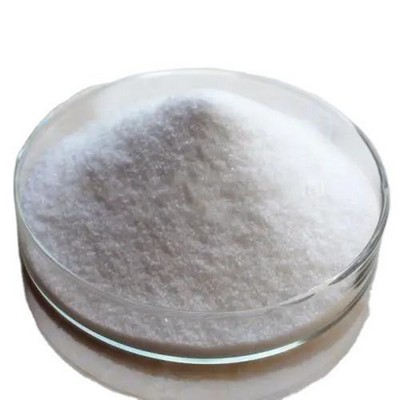
Redefining the Pulp & Paper Industry - Thermax
paper is done during paper manufacture by adding water soluble anionic dyes and cationic polymers to paper pulp as fixing agents and removing water from the paper pulp with the formation of dyed paper. Maxtreat® and Maxlite exhibit a wide range of paper dyes offered by Thermax in blue, violet, red, orange and green colours.
Get Price- What is cationic polyacrylamide (CPAM)?
- Cationic polyacrylamide (CPAM) is one of the most frequently used flocculants with high intrinsic viscosity and charge density. This flocculant is a water-soluble acrylamide-based polymer having cationic quaternary ammonium groups .
- Can cationic polyacrylamide be used in oilfield wastewater treatment?
- Author to whom correspondence should be addressed. Cationic polyacrylamide (CPAM) solid particle is one of the most commonly used organic polymer flocculants in oilfield wastewater treatment, but it poses some problems, such as a slow dissolution rate and an easy formation into a “fish-eye” in the process of diluting into aqueous solution.
- Which cationic polyacrylamide is synthesized through UV initiation?
- Recently, Ma et al. used acrylamide (AM) and methacryloxyethyl trimethyl ammonium chloride (DMC) to synthesize a novel cationic polyacrylamide (CPAM) through low-pressure ultraviolet (UV) initiation.
- What is organic polymer flocculant cationic polyacrylamide (CPAM)?
- The organic polymer flocculant cationic polyacrylamide (CPAM) has the characteristics of a low additive amount, good turbidity removal and water purification effect, and high COD removal efficiency, and it has become the most commonly used polymer flocculant in the oilfield wastewater treatment process [ 11, 12, 13, 14, 15 ].








